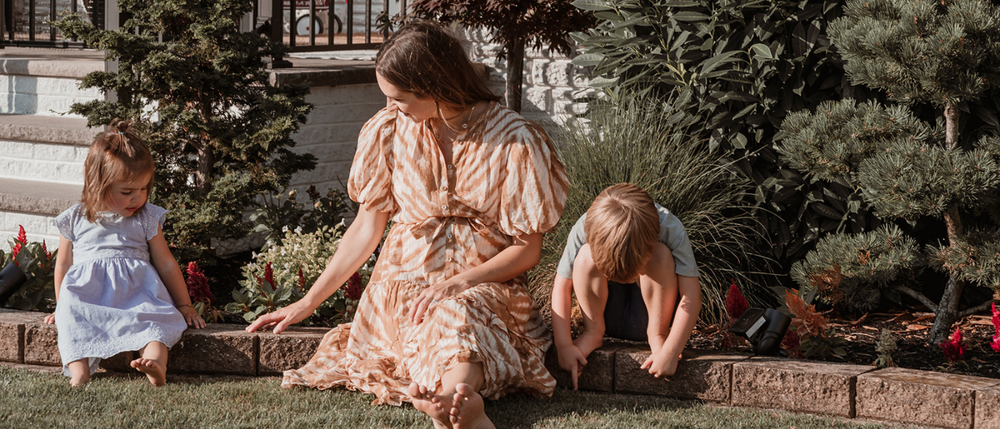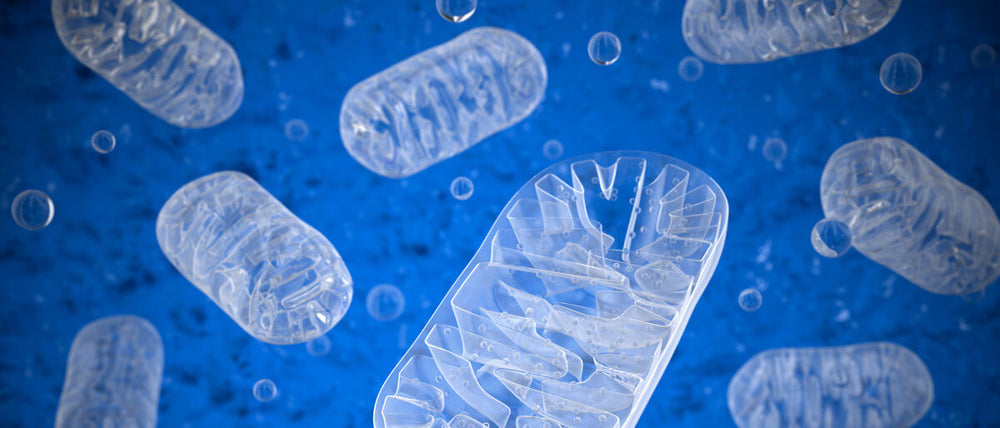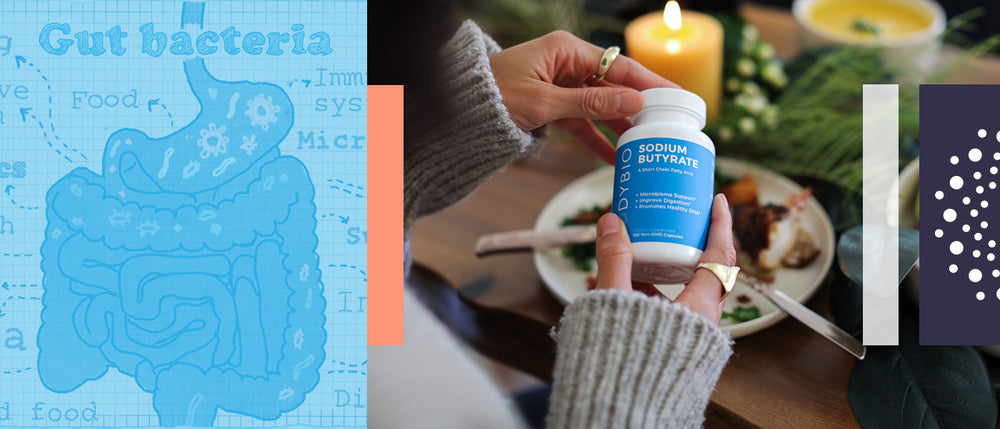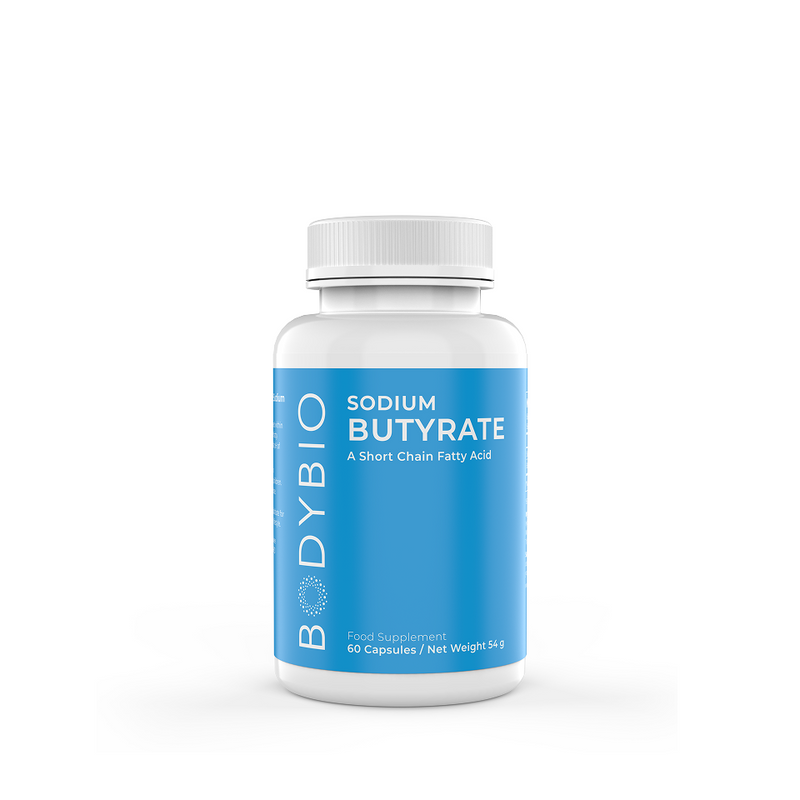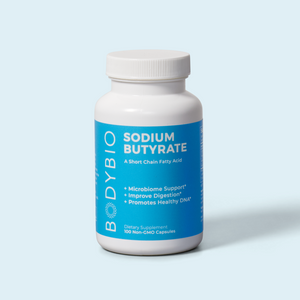Biofilm Disruptors: What They Are and Why We Need Them for Optimal Detox
Key Takeaways:
- Biofilms are structures created by microorganisms (like parasites, candida, mycotoxins, and unhealthy bacteria) for protection. They are a sticky film that covers the microorganisms, preventing the immune system from penetrating through and eliminating them.
- Some scientists believe that biofilms are the result of antibiotic overuse, and may become a problem for patients who have had excessive antibiotic treatments. Biofilms are involved in many cases of antibiotic-resistant infections.
- In order to treat a stealth infection involving biofilms, you may need to break down the biofilm first. This can be done using natural biofilm treatments, like phosphatidylcholine, butyrate, herbal remedies, and more.
You were promised a fix — an end to the vicious cycle of symptoms.
At the first sign of an infection, you sprung into action with all the best-recommended treatments. You took herbs, antibiotics, parasite cleanses, and followed the doctor’s orders to a T.
Yet the symptoms stayed. In fact, they seemed to get worse.
No, it’s not your treatment failing and it’s not you failing either.
Most likely, it’s biofilms.
Biofilms are sneaky barriers created by a colony of unhealthy microbes and used for protection. Think of them as a forcefield, fending off antibiotics and other treatments from ever reaching the bad microbes hidden inside. If a biofilm is present, an antibiotic most likely can’t do its job.
Before you start trying to kill off mold or unhealthy bacteria, you may need to begin with biofilm disruptors.
Table of Contents:
- What Is a Biofilm?
- How Do Biofilms Impact the Gut Microbiome?
- How to Get Rid of Biofilms in the Gut — Holistic and All-Natural Biofilm Disruptors
- How Do You Know If Your Biofilm Disruptors Are Working?
- The Next Generation Biofilm Disruptor
What Is a Biofilm?
Microorganisms (like bacteria, gut parasites, fungi, and viruses) aren’t loners — and often can gather together for protection. (Stronger together, as they say.) When this happens, the colony may excrete something called an extracellular polymeric substance (EPS). This is a slimy coating (eventually becoming a biofilm) used to protect the microorganism from hostile environments, like the digestive system, and other threats to its survival.
A biofilm is essentially like a forcefield that stands up against the immune system as well as treatments like antibiotics, parasite cleanses, antifungals, and more.
When a biofilm is present, treatment may not be able to eliminate microorganisms, because the biofilm stands in the way. Biofilms are often found in cases of mycotoxin illness, candida, parasites, Lyme disease, and more… and may be the reason antibiotic or antimicrobial treatment has been ineffective.
How Do Biofilms Impact the Gut Microbiome?
In some cases, it’s believed that biofilms are actually induced by antibiotic use.
Think about it… usually, living organisms only release protection when they feel threatened.
Biofilms can be created by both good and bad bacteria — and may play a vital role in your overall gut health. The presence of too many unhealthy biofilms can make it extremely difficult for the immune system to do its job of targeting and eliminating viruses and pathogens.
Since butyrate plays a vital role in the breakdown of biofilms (we’ll cover that in the next section), it’s important to maintain a healthy and fiber-rich diet that boosts healthy bacteria and butyrate levels.
Overall, one of the best ways to discourage biofilm build-up is to boost your microbiome with a healthy diet and lifestyle, alongside a few key supplements.
How to Get Rid of Biofilms in the Gut — Holistic and All-Natural Biofilm Disruptors
If you’re treating a microbe-driven illness, it may be futile to spend time and energy on expensive drugs or supplements that can’t penetrate that microbe’s biofilm. Instead, the best way to get rid of microorganisms is to target the biofilm first.
The good news is, there are a lot of ways to disrupt biofilms naturally (think herbs and supplements).
Herbs
Earth’s own biofilm treatment? Sign us up. Herbs like oregano, clove, eucalyptus, rosemary, cinnamon, ginger, and curcumin are all-natural biofilm disruptors. These can be taken in tea form, added as seasonings to your meals, or put into a capsule for long-term, effective biofilm treatment.
In one study, rosemary, clove, and eucalyptus were seen as effective biofilm disruptors in cases of food-borne pathogenic bacteria and food poisoning.
Cranberry Juice or Supplements
Candida is a common infection often associated with biofilms — and may show up with frequent urinary tract infections. Cranberry juice not only acts as a natural antifungal for candida — it also targets biofilms specifically.
If you’ve seen better results using cranberry juice over antibiotics for urinary tract infections, then it may be time to look deeper into the presence and treatment of biofilms.
The most effective cranberry juice is organic 100% cranberry juice (not from concentrate!). You can add it to a smoothie or sweeten it with a spoonful of raw honey. Another option is cranberry supplements. Though less effective than juice, they are easy to take and can help to boost your urinary tract health over time.
Butyrate as a Biofilm Treatment
Remember the extracellular polymeric substances (EPS) excreted by pathogens to form biofilms? Well, butyrate (a short-chain fatty acid produced by healthy bacteria) can alter this protective coating and ultimately disrupt biofilms altogether.
Healthy levels of butyrate in the gut can also inhibit the formation of EPS structures, making it difficult for biofilms to form in the body at all.
Finally, butyrate is directly involved with gene expression and can change the gene expression involved in biofilm formation. This means the very presence of butyrate in the body makes it less likely for strong biofilms to form and exist for long periods of time.
Your healthy bacteria are always on the move to create a thriving environment in the gut — and eliminate pathogens, biofilms or not. The creation of butyrate by healthy bacteria is just one incredible mechanism your body uses to protect itself. Sometimes, the natural processes just need an extra boost with butyrate supplements or adding more resistant starch (a type of fiber) to your meals.
Bacteriophages as Biofilm Disruptors
We know that antibiotics and biocides are fairly ineffective when it comes to treating biofilms… but what about bacteriophages?
If you don’t know, bacteriophages (or phages for short) are technically a type of virus that specifically targets bad bacteria. “Bacteriophage” literally means “bacteria eater.” They’re not the same as antibiotics, though. They are natural elements found in people, soil, and animals.
One study explains that bacteriophages are much more likely to eradicate biofilms because they specifically look for bad bacteria. A colony of bad bacteria makes an easy target. Bacteriophages also produce special enzymes that break down biofilms.
Bacteriophages are currently being studied as an effective treatment for antibiotic-resistant illnesses.
Phosphatidylcholine (PC) as a Biofilm Disruptor
Phosphatidylcholine (PC) is essential for brain health and cellular function — but it could also play a vital role in the elimination of biofilms. PC-based liposomes can interact with biofilm structures, disrupting the integrity of the biofilm and detaching the film from the microorganisms hiding within.
While it doesn’t directly kill the offending microorganisms, PC can make these microorganisms more vulnerable to immune system attacks, antimicrobials, and antibiotics.
Like Butyrate, PC can also regulate biofilm signaling and gene expression. Essentially, it can disrupt biofilms on a genetic level, interrupting communication pathways and eliminating the formation of biofilms in the first place.
How Do You Know If Your Biofilm Disruptors Are Working?
When working on a stealth pathogen, it can be difficult to know if treatment is working or not — especially when biofilms are involved, since they’re often accompanied by nasty detox symptoms.
- In most people, the detox phase will only last a few weeks at the most. If you start feeling a lot better than usual after 2-3 weeks of biofilm busters, that’s one way to tell they’re working for you.
- Another way is by checking for biofilms in your stool. In some people, these films go completely unnoticed. In others, biofilms in stool may look like a shiny film or mucus. Gross, but helpful to know.
- In cases of candida, Lyme disease, or parasites, you may be able to follow up with your holistic practitioner to retest for the presence of pathogens after a course of treatment.
The Next Generation Biofilm Disruptor
In a world where stealth microorganisms are continually making people sick and antibiotics are marketed as the only answer, it’s more important than ever to make sure your gut is ready to beat microorganisms before they can launch a biofilm counterattack.
Spencer, L., Olawuni, B., & Singh, P. (2022). Gut Virome: Role and Distribution in Health and Gastrointestinal Diseases. Frontiers in cellular and infection microbiology, 12, 836706. https://doi.org/10.3389/fcimb.2022.836706
Donlan R. M. (2002). Biofilms: microbial life on surfaces. Emerging infectious diseases, 8(9), 881–890. https://doi.org/10.3201/eid0809.020063
Tsukatani, T., Sakata, F., Kuroda, R., & Akao, T. (2020). Biofilm Eradication Activity of Herb and Spice Extracts Alone and in Combination Against Oral and Food-Borne Pathogenic Bacteria. Current microbiology, 77(9), 2486–2495. https://doi.org/10.1007/s00284-020-02017-z
Harper, D. R., Parracho, H. M. R. T., Walker, J., Sharp, R., Hughes, G., Werthén, M., Lehman, S., & Morales, S. (2014). Bacteriophages and Biofilms. Antibiotics, 3(3), 270–284. https://doi.org/10.3390/antibiotics3030270
Miller, A. L., Bessho, S., Grando, K., & Tükel, Ç. (2021). Microbiome or Infections: Amyloid-Containing Biofilms as a Trigger for Complex Human Diseases. Frontiers in immunology, 12, 638867. https://doi.org/10.3389/fimmu.2021.638867
Ottaviano, E., Baron, G., Fumagalli, L., Leite, J., Colombo, E.A., et al. (2021). Candida albicans Biofilm Inhibition by Two Vaccinium macrocarpon (Cranberry) Urinary Metabolites: 5-(3',4'-DihydroxyPhenyl)-γ-Valerolactone and 4-Hydroxybenzoic Acid. Microorganisms, 9(7), 1492. https://doi.org/10.3390/microorganisms9071492
Alim, D., Sircaik, S., Panwar, S.L. (2018). The Significance of Lipids to Biofilm Formation in Candida albicans: An Emerging Perspective. Journal of Fungi, 4(4),140. https://doi.org/10.3390/jof4040140

